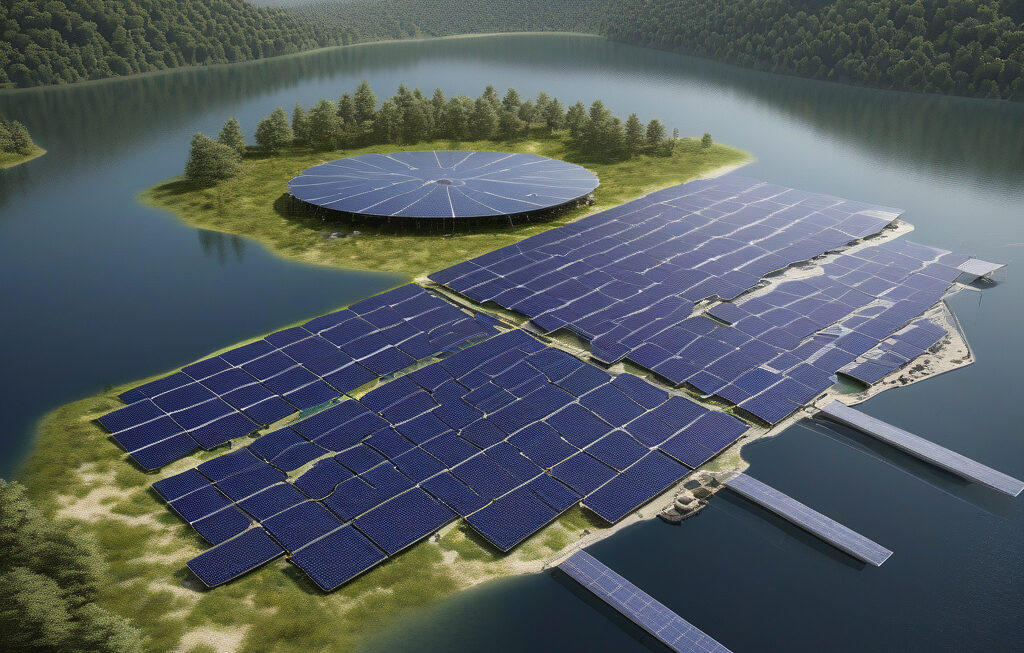Surging AI Use Drives Utility Upgrades
AI and data center growth are pressuring US power grids like never before. As the demand for artificial intelligence continues to rise across various industries, the strain on the existing utility infrastructure is becoming increasingly evident. This surge in AI use has prompted utility companies to reevaluate and upgrade their systems to meet the growing needs of a digitally driven world.
The integration of AI technologies into daily operations has revolutionized the way businesses operate, analyze data, and make decisions. From predictive analytics to machine learning algorithms, AI has become a cornerstone of innovation and efficiency. However, this rapid adoption of AI comes with a significant energy cost, particularly for data centers that require substantial power to function effectively.
Data centers, which house the servers and systems necessary for AI applications to run smoothly, are known for their high energy consumption. In fact, data centers account for a considerable portion of global electricity usage, with the United States alone consuming massive amounts of energy to power these facilities. As AI continues to advance and businesses rely more heavily on data-driven insights, the demand for power to sustain these operations will only increase.
The strain on power grids caused by the growing prevalence of AI technologies has highlighted the urgent need for utility upgrades. Outdated infrastructure and insufficient capacity are no longer viable options in a world where AI is driving progress and innovation. Utility companies are facing the challenge of modernizing their systems to support the increased demand for electricity without compromising reliability or efficiency.
One of the key areas of focus for utility upgrades is grid resilience. The ability of power grids to withstand disruptions and adapt to changing conditions is crucial in ensuring a stable energy supply for AI applications. By investing in technologies that enhance grid resilience, utility companies can better manage the fluctuations in power demand caused by AI usage and prevent potential outages or system failures.
Moreover, the integration of smart grid technologies is essential for optimizing energy distribution and improving overall efficiency. Smart grids utilize advanced communication and control systems to monitor electricity usage in real-time, identify areas of high demand, and adjust power flow accordingly. By implementing smart grid solutions, utility companies can enhance the reliability of their systems and support the growing energy needs of AI-driven technologies.
In addition to grid resilience and smart grid technologies, renewable energy sources play a critical role in supporting the surge in AI use. The shift towards sustainable energy solutions, such as solar and wind power, not only reduces the environmental impact of electricity generation but also provides a reliable source of energy for AI applications. By incorporating renewable energy into the power grid, utility companies can meet the increasing demand for electricity while minimizing carbon emissions and promoting a greener future.
In conclusion, the surging use of AI is driving utility upgrades across the United States as power grids face unprecedented pressure to support the growing energy needs of data centers and AI technologies. By investing in grid resilience, smart grid technologies, and renewable energy sources, utility companies can ensure a reliable and sustainable energy supply for the digital age. The transformation of utility infrastructure to accommodate the demands of AI represents a significant step towards a more efficient, resilient, and environmentally friendly energy landscape.
AI, data center, power grids, utility upgrades, renewable energy












